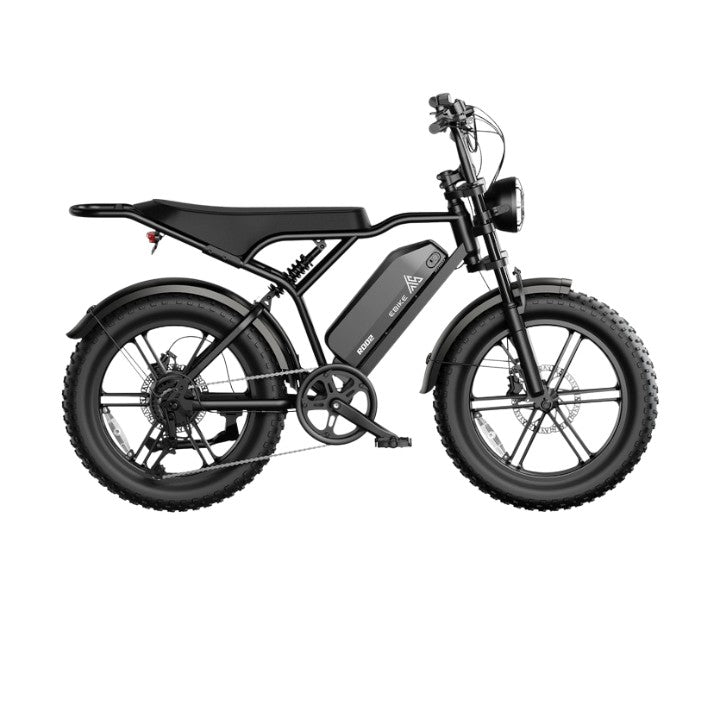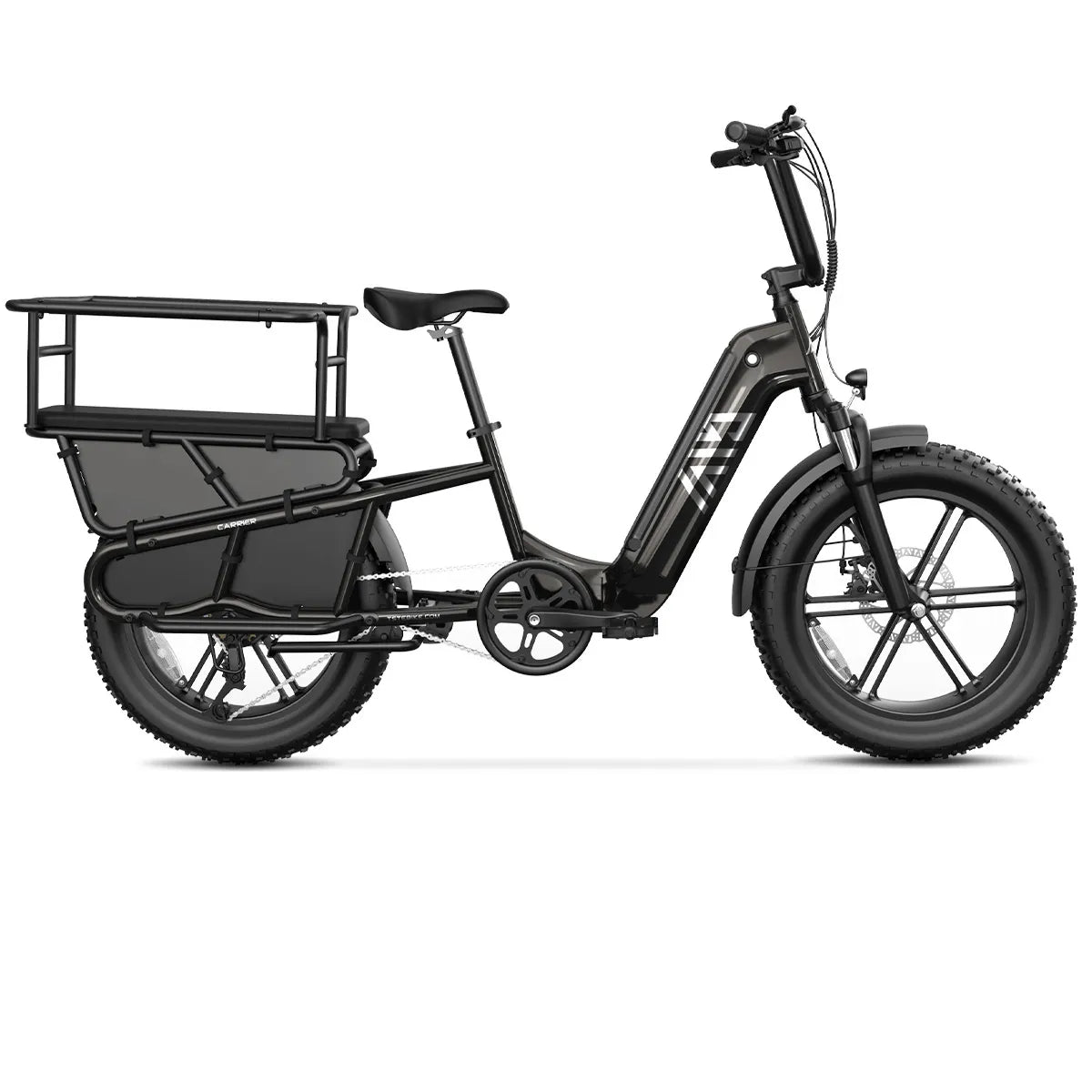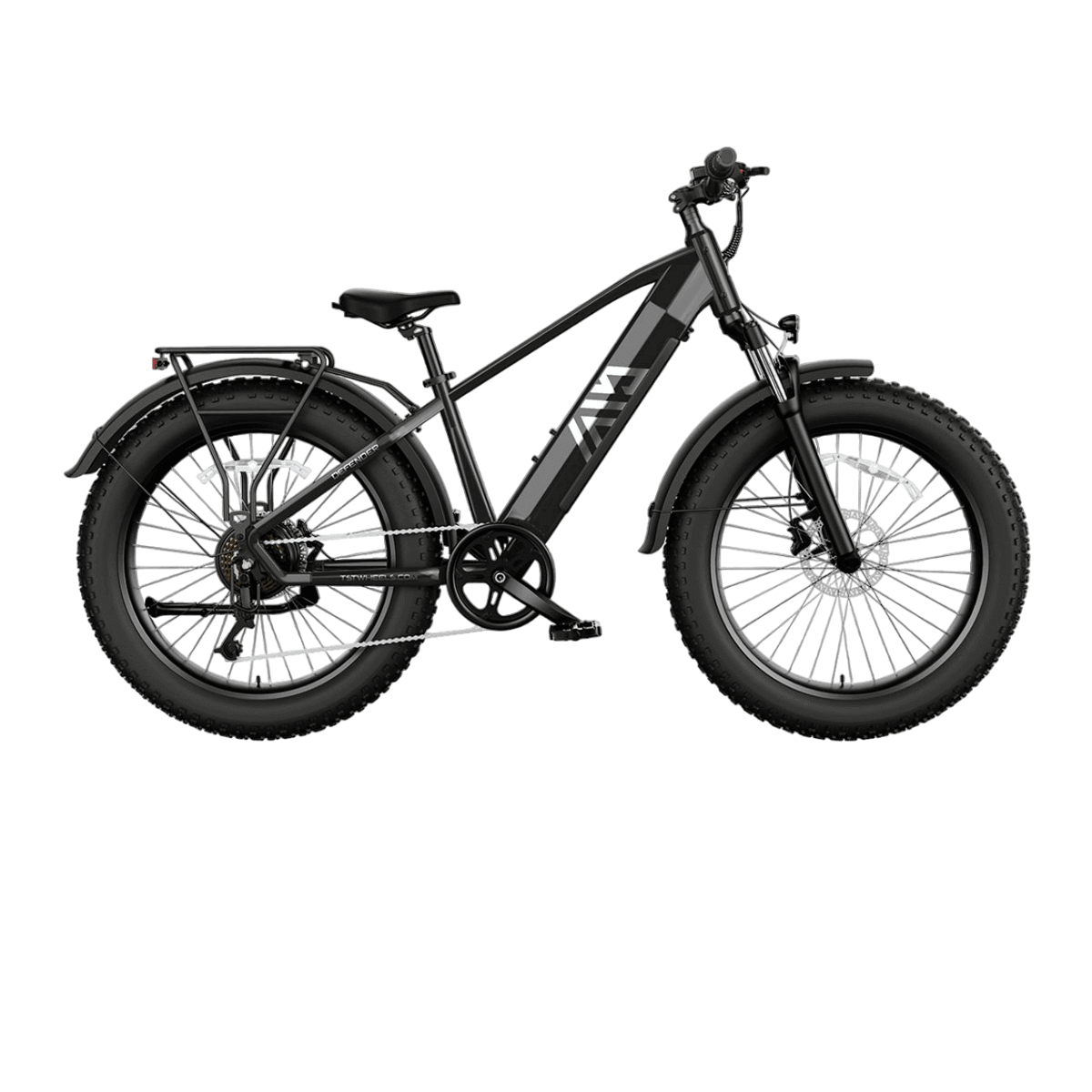California electric bicycle laws in 2025 classify e-bikes into three categories with clear limits on motor power, speed, and throttle use. The state restricts motors to 750 watts continuous power and forbids throttles on Class 3 e-bikes, aligning with updated safety and usage rules. Helmets are mandatory for riders under 18, and Class 1 and 2 e-bikes are allowed on bike paths, while Class 3 access is more limited, prioritizing public and rider safety.
What are the official California e-bike classes and their restrictions?
California recognizes three e-bike classes with distinct rules:
- Class 1: Pedal-assist only, motor assists up to 20 mph, no throttle allowed. Permitted on most bike paths, trails, and roads.
- Class 2: Pedal-assist with throttle, motor assists and throttle limited to 20 mph. Allowed on bike lanes and some paths, with certain local restrictions.
- Class 3: Pedal-assist only, motor assists up to 28 mph, throttles banned as of 2025. Allowed mainly on roads and bike lanes, not on most bike paths or trails.
Motor power for all classes is capped at 750 watts continuous. California explicitly banned throttles on Class 3 e-bikes starting in 2025 to improve safety.
How have recent 2025 law updates affected e-bike usage in California?
Significant 2025 changes include a stricter prohibition on throttles for Class 3 e-bikes and clarification that e-bike motors may not exceed 750 watts continuous power. These changes address regulatory ambiguities and prioritize consistent safety standards statewide. The laws discourage tampering to exceed speed limits, including firmware or app-based modifications.
Helmet requirements were expanded, generally requiring helmets for all riders under 18, and mandatory for all riders on Class 3 bikes regardless of age.
Local jurisdictions retain some authority to further restrict or regulate e-bike use, but must comply with state framework.
What safety requirements apply to California e-bikes?
E-bikes must meet specific safety standards including:
- Continuous 750W motor power limit.
- Speed limits by class (20 mph or 28 mph).
- Proper lighting and reflectors, especially for night riding (red rear reflectors or flashing red lights visible from 500 feet are now required by law).
- Helmets for riders under 18 and for all Class 3 e-bike riders.
- Compliance with battery safety standards and manufacturer labeling.
Law enforcement may confiscate non-compliant e-bikes, especially those modified to exceed legal limits.
Where can California e-bikes be legally ridden?
- Class 1 & 2 e-bikes are generally allowed on bike paths, shoulders, and multi-use trails, as well as streets and bike lanes.
- Class 3 e-bikes are permitted on roads and bike lanes but face restrictions on bike paths and multi-use trails to balance safety concerns with mobility.
- Local rules may impose additional restrictions or permit expanded access in certain areas.
What are the consequences of non-compliance with California e-bike laws?
Owners of e-bikes that exceed 750W, have unauthorized throttles on Class 3 models, or modified speed settings risk losing street legality, potential fines, or confiscation by law enforcement. Retailers and manufacturers must ensure updated compliance including firmware controls to meet 2025 regulations. Consumers with older or modified bikes should verify compliance to avoid legal issues.
Buying Tips
When purchasing an electric bike in California in 2025, choose a model clearly labeled with compliance to 750W continuous motor power and proper class designation. Avoid Class 3 e-bikes with throttles, ensuring firmware or hardware restricts throttle use accordingly. Prioritize helmet use based on your intended e-bike class and age. Confirm local jurisdiction rules on where you can ride. Reputable brands and sellers should provide clear safety labeling, warranty, and support. TST EBike specializes in adhering to California regulations, offering high-power, durable, and compliant e-bike models suitable for urban and mixed-terrain use.
TST EBike Expert Views
“TST EBike fully supports California’s efforts to clarify e-bike classifications and improve safety,” says a TST EBike product strategist. “We design our electric bikes to comply with continuous 750W power limits, throttle restrictions, and helmet laws, ensuring riders enjoy reliable and legal mobility. Educating our customers on legal use and maintaining robust safety features remain core to our mission as e-bikes reshape transportation in California.”
Frequently Asked Questions about California Electric Bicycle Laws
Q: What is the maximum motor power allowed for electric bikes in California?
A: A continuous power limit of 750 watts is enforced statewide for all e-bike classes.
Q: Are throttles allowed on Class 3 e-bikes in California?
A: No, as of 2025, throttles are banned on Class 3 e-bikes to enhance safety.
Q: Who must wear helmets when riding e-bikes in California?
A: Riders under 18 must wear helmets on all e-bike classes; all riders on Class 3 e-bikes must wear helmets regardless of age.
Q: Can Class 3 e-bikes use bike paths in California?
A: Generally no; Class 3 e-bikes are restricted from most bike paths and multi-use trails.
Q: What should I do if I have a non-compliant e-bike in California?
A: Check for manufacturer updates or firmware that bring your bike into compliance, or consider upgrading to a compliant model to avoid legal issues.





Leave a comment
All comments are moderated before being published.
This site is protected by hCaptcha and the hCaptcha Privacy Policy and Terms of Service apply.